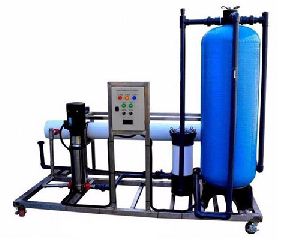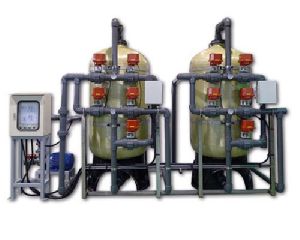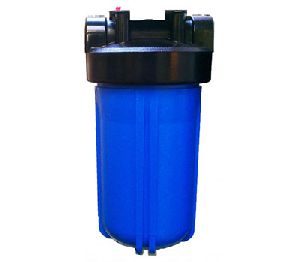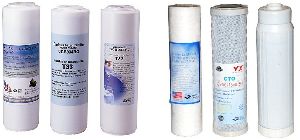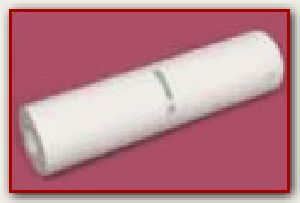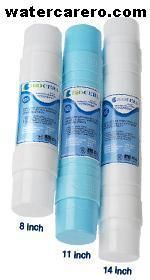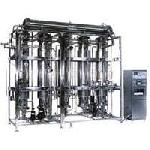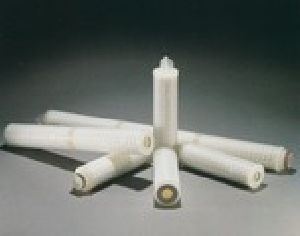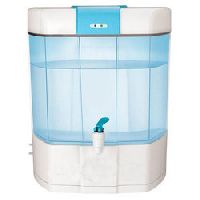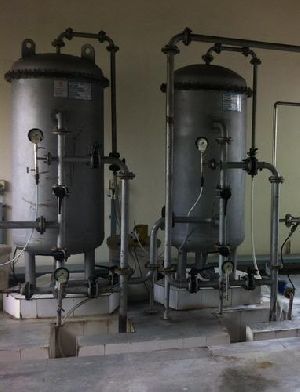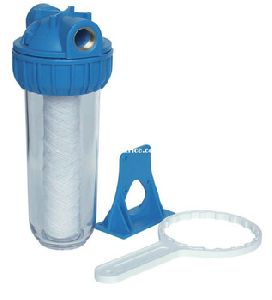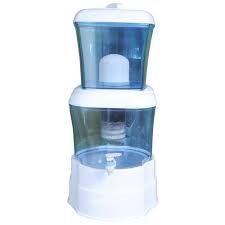Filterpro water purifier and Filters. Filterpro Product NCF Certified. works for last 10 years (since 2006) we deal with domestic commercial Ro System, Water Treatment Plant, Whole House Water Filtration System, Water Softener, Ultraviolet All... more
Filterpro water purifier and Filters. Filterpro Product NCF Certified. works for last 10 years (since 2006) we deal with domestic commercial Ro System, Water Treatment Plant, Whole House Water Filtration System, Water Softener, Ultraviolet All Type Water Purification and Filtration Solution. Filterpro Brand is World Wide Product. Filterpro is best water purifier company in Dubai, we sales all type ro systems like: domestic Ro for home purpose & commercial & Industrial
Less 